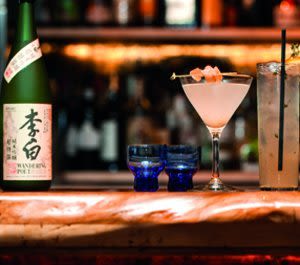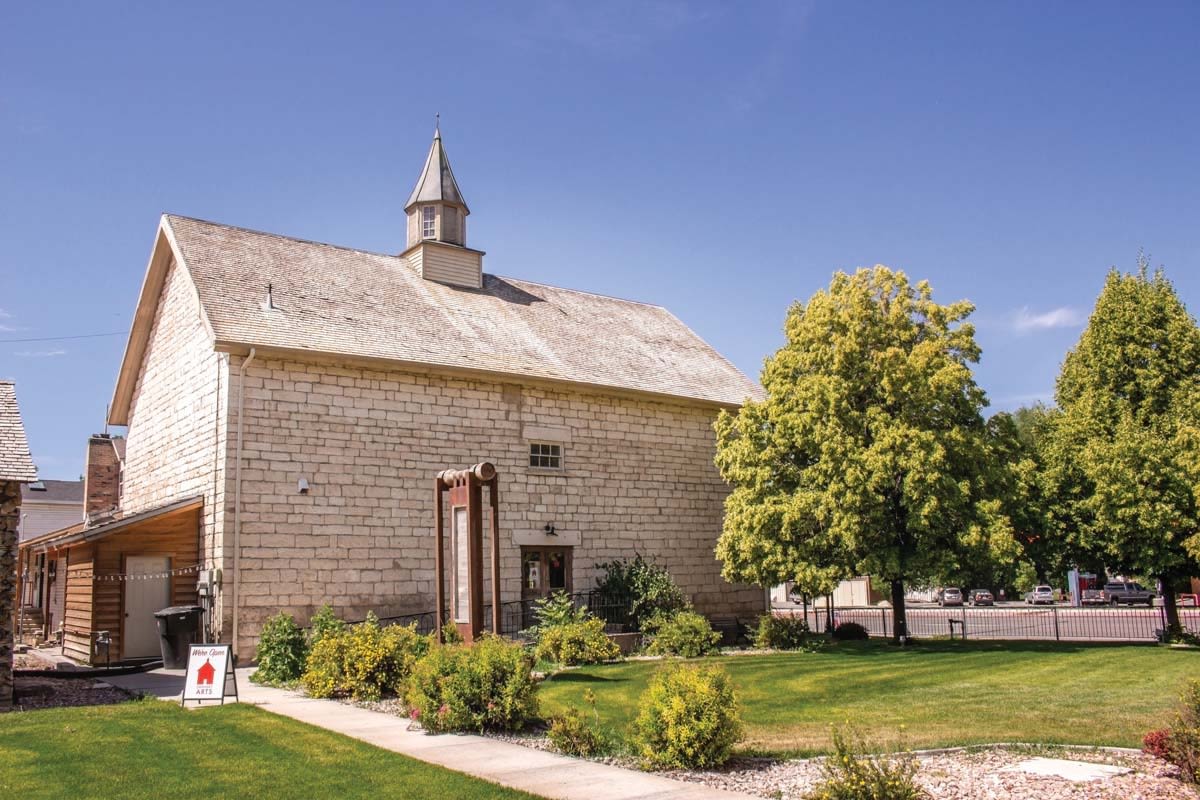Sake, Demystified

Shabu's Ginger Snap (on the left) and No Thyme Like the Present, the 2011 Park City Cocktail Contest winner
Image: Nicole Morgenthau
Ah, sake! At the premium end of the spectrum, the flavors and aromas of this legendary Japanese rice wine can be as lyrical and nuanced as a haiku. At the other end, the cheap stuff may be popular, but it’s short on finesse. In between, the choices are endless—and endlessly fascinating. You don’t have to be an expert to enjoy good sake, but it’s fun to know just enough to appreciate some of the intricacies and discover your favorites—especially among the higher-end varieties of this enticing sipper.
Though it’s called a wine, the process of making sake is more akin to the way beer is made. Created from a blend of rice, water, koji mold, yeast, and distilled alcohol (sometimes), the best sake is the result of the brewers’ skills, the inherent quality of the rice used, and how much of that rice is milled away before brewing. Then there’s the all-important water source as well as the various molds and yeasts captured. From the terminology to the tastes, it gets complicated—but here are some basics.
Premium sakes, comprising only about 6 percent of what is produced, are brewed colder and slower than the lower grades, are served cold, and boast exquisite flavor.
Daiginjo and Ginjo are the top two designations. Add the term Junmai, as in Junmai Daiginjo or Junmai Gingo, and you’re talking pure sake, with no added alcohol. Without that term, it’s still premium, but a small amount of alcohol gives a slightly different flavor profile—often more refined.
Seimai-buai is the term for the amount of rice left after milling. The lower the seimai-buai, the higher the quality. So if a Ginjo is described as having a seimai-buai of 60 percent, then 40 percent of the rice was milled away.
Most sakes run 15 to 18 percent alcohol but won’t mess with your head in the way wine and some spirits do because of tannins, sulfites, or congeners.
Sake doesn’t age and so is best enjoyed as soon as possible after the shipping date, which is usually stamped on the label. Once opened, sake can last in the refrigerator for two to three weeks.
Shabu (442 Main St, 435.645.7253) offers excellent sakes by the glass or bottle and a menu of “saketinis,” including the Ginger Snap: sake, fresh ground ginger, vodka, and a dash of simple syrup.
The Vista Lounge at the Montage (9100 Marsac Ave, 435.604.1300) also pours premium selections and saketinis, including the Hakutsuru (Junmai Daiginjo), made with Grand Marnier and fresh lime.
Sushi Blue (1571 Redstone Dr, 435.575.4272) offers a variety of sake potions, but your best bet is a “flight” of the good stuff from the wide, finely curated selection.




































